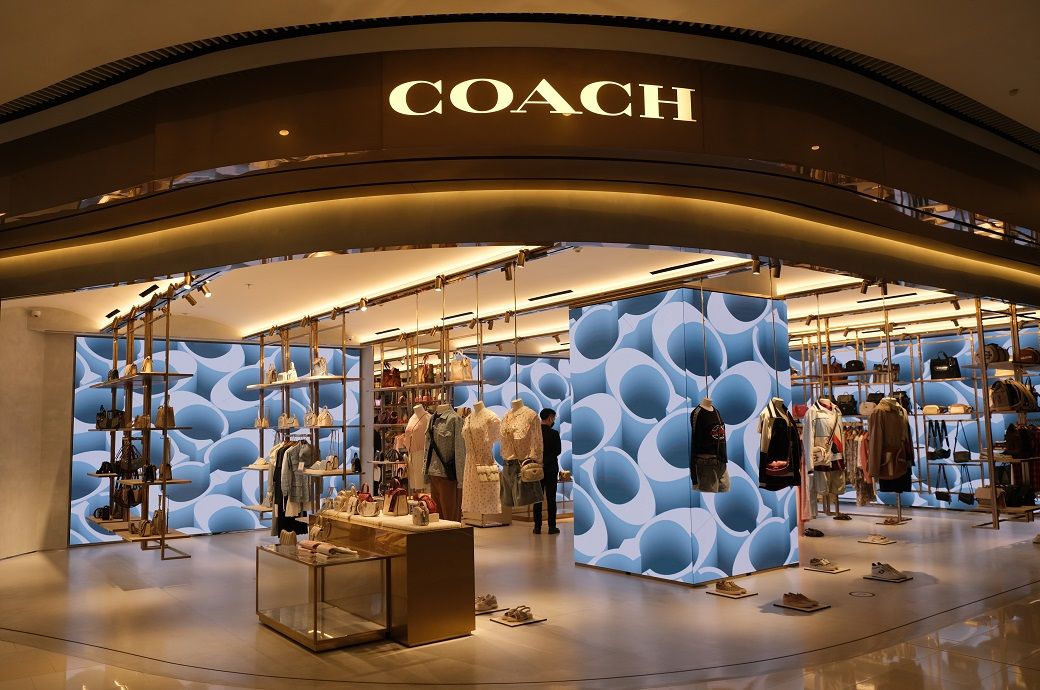The PR landscape has evolved dramatically over the past five years.
Burgeoning platforms from TikTok Shop to Substack are giving rise to a new class of creators that brands must establish and build relationships with. The continued growth of affiliate marketing — in which either a publication or a creator shares a link to a product within content and then earns a commission when that product is purchased through their link — has turned influencers into even more powerful agents of both sales and credibility. And the explosion of AI search on platforms like ChatGPT is changing how brands ensure their products can be found and purchased online.
Today, doing the basics isn’t enough. While it’s still vital to build a foundation of media coverage in respected publications online and off, brands also need to be actively managing their visibility and credibility across this array of new and increasingly important channels.
“You’ve got to be constantly on the lookout and aware of all these evolving new platforms,” said Matt Grenby, partner and co-founder of accessories brand Parker Thatch. “That’s a huge, strategic and important part of running a business that just wasn’t there before.”
The job is daunting, and not about to get easier. But the methods PR teams have at their disposal to manage the challenges are evolving as well.
PR agencies are building their own AI tools and using those offered by Muck Rack, Cision and more to streamline manual tasks. The ability of PR professionals to track their impact, meanwhile, is improving thanks to affiliate and creator platforms such as ShopMy and LTK that help monitor where traffic and sales are coming from — a key change for a function whose business results were notoriously challenging to measure even just a few years ago.
These resources are letting PR teams focus on what their job has always been about: relationships and human creativity.
“My goal is to free our team up from doing menial tasks that take a lot of time, where they’re not learning or growing in any way or flexing their creative muscle, and allow them to actually flex their relationship skills, flex that creative muscle, write more compelling pitches, or think about interesting collaborations,” said Lauren Kleinman, founder of PR agency Dreamday, which represents clients including Set Active and Ilia Beauty.
This case study offers fashion businesses and their marketing teams guidance on the newest channels they need to know, including Substack, affiliate networks and AI search. It uses real-world examples from companies including luxury resale platform The RealReal, contemporary brand Staud, activewear label Set Active and beauty line Glamnetic.
It also draws from creator platforms ShopMy and LTK; PR agencies Dreamday, JBC and Azione; and the AI search and discoverability platforms Perplexity, Antidote, Botify and Profound.
Together, these insights provide a playbook for navigating the new PR landscape.


